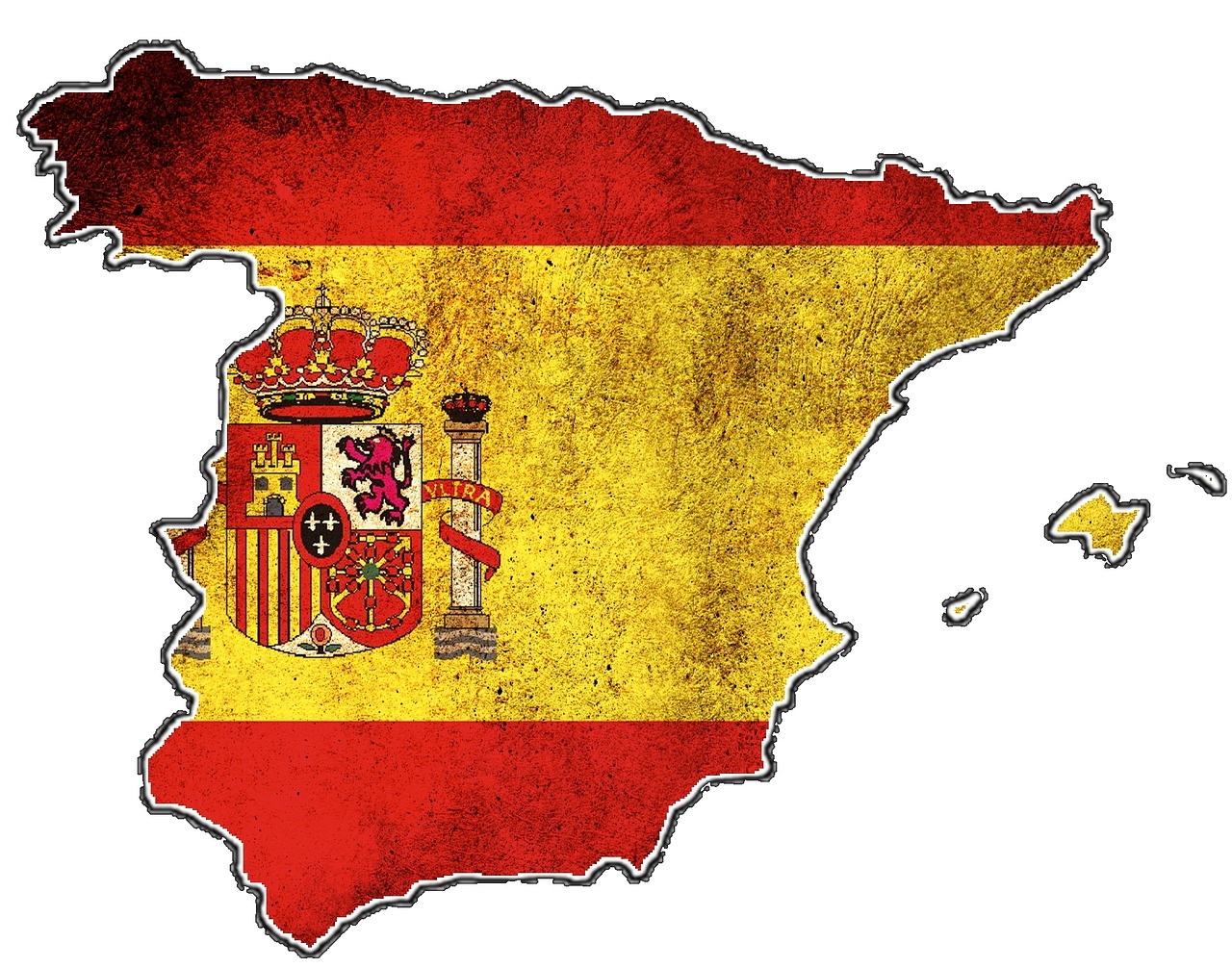Why You Should Know How to Speak More Than Just Spanish
 In Spain, 72% of the population speaks Spanish. That’s a lot of people considering there are nearly 47 million people living in the country.
In Spain, 72% of the population speaks Spanish. That’s a lot of people considering there are nearly 47 million people living in the country.
But what about the other 28%?
Hint: They don’t speak Spanish!
Here’s why you should know how to speak more than just Spanish while you’re traveling in Spain.
The Official, National Language of Spain Is Spanish
Or Castilian Spanish. Or just Castilian. The national language is one of the most spoken languages throughout the world, beyond just Spain. You can find it in North America, Latin America, Andorra and Gibraltar. So basically, Spanish is a pretty big deal. Or rather, Castellano, as the natives call it, is a pretty big deal!
Castellano was born from years of heritage and a history of evolution that eventually developed into the many variations that are recognized today, but history buffs or linguists may remember that Castellano itself originated from the ancient Castilla Kingdom. To differentiate this Latin language from the other variations that have since been adopted by the other 28%, Spaniards call it Castellano.
There Are 3 Well-Known Regional Languages in Spain
The other 28%, however, are sprinkled throughout the various regions of Spain. These regions, like the country itself, are rich with history and cultural traditions that have transcended through generations to modern age. This has resulted in three additional well-known regional languages in Spain that you may encounter during your travels:
1. Catalan (Català)
Catalan is actually the most widely spoken regional language in Spain, which makes it a good second language to learn, if you’re making a list! There are about 11 million speakers in four countries, so you can even use it outside of the beautiful Spanish country if you ever travel to Andorra or some small regions in Italy or France. And many foreign visitors can’t recognize the differences between Castilian and Catalan, so if you can train your ear to differentiate between the two you just might impress a local over a glass of sangria sometime!
2. Galician (Galego)
Like Castilian and Catalan, Galician is a romance language (ooh la la!) and has a heritage that traces back to Latin roots. So it comes as no surprise that this language may also be a little difficult to differentiate to the untrained ear. But don’t worry! Galician is only spoken by around 3 million people in Spain, and in very select areas like Galicia, Asturias, Castilla and Leon.
Tip: If you already know Portuguese, you’ll likely have no trouble at all speaking with someone that knows Galician, and the same goes for them understanding you!
3. Basque (Euskara)
Finally, if your travels take you into the Basque country, you’ll encounter the isolated language of Basque. Basically, an isolated language is actually what it sounds like: a language that isn’t related to any other living language. That makes it a truly unique dialect, with only 700,000 Basque region natives speaking the language. If you can make your way over to visit with the Basques, it’s definitely worth the time to hear a language you won’t hear anywhere else in the world!
Speaking More Than Just Spanish Helps… a Lot!
 When it comes down to it, Spain is a mysterious and awe-inspiring country that’s worth learning more than just one language for. While you’ll have a pretty good time just by knowing Spanish alone, if you can add one, or all three, of the regional languages you’ll open the doors to a whole host of new experiences to be had while you’re there!
When it comes down to it, Spain is a mysterious and awe-inspiring country that’s worth learning more than just one language for. While you’ll have a pretty good time just by knowing Spanish alone, if you can add one, or all three, of the regional languages you’ll open the doors to a whole host of new experiences to be had while you’re there!
If you’ve ever tried communicating with someone that speaks a different language than your own, then you’ve already seen firsthand how difficult it can be. Just imagine being in a foreign country and not knowing enough of the language to get around! Don’t let a language barrier hold you back while you’re in Spain. Instead, pick up some books to take with so you can experience the absolute best of what this country has to offer!